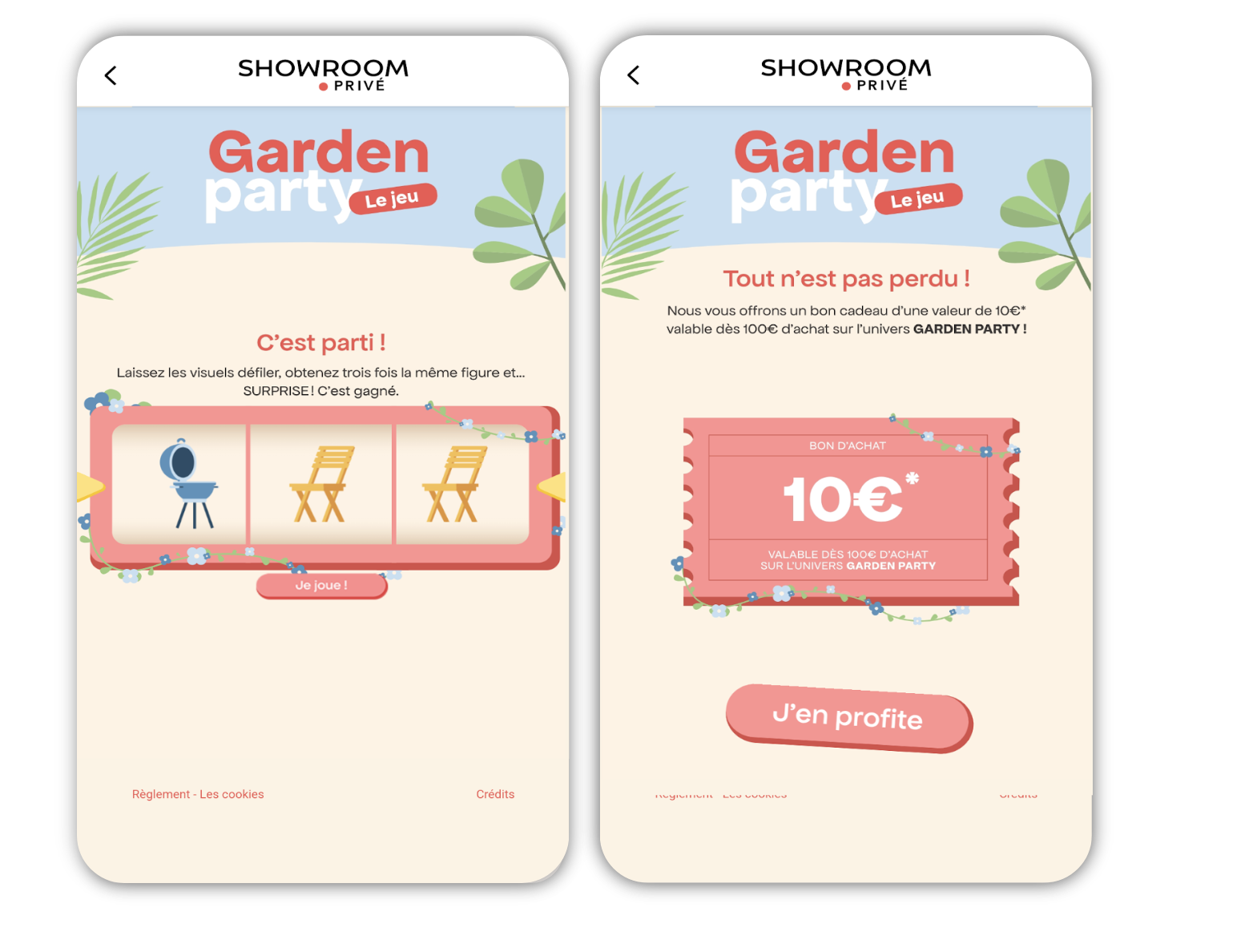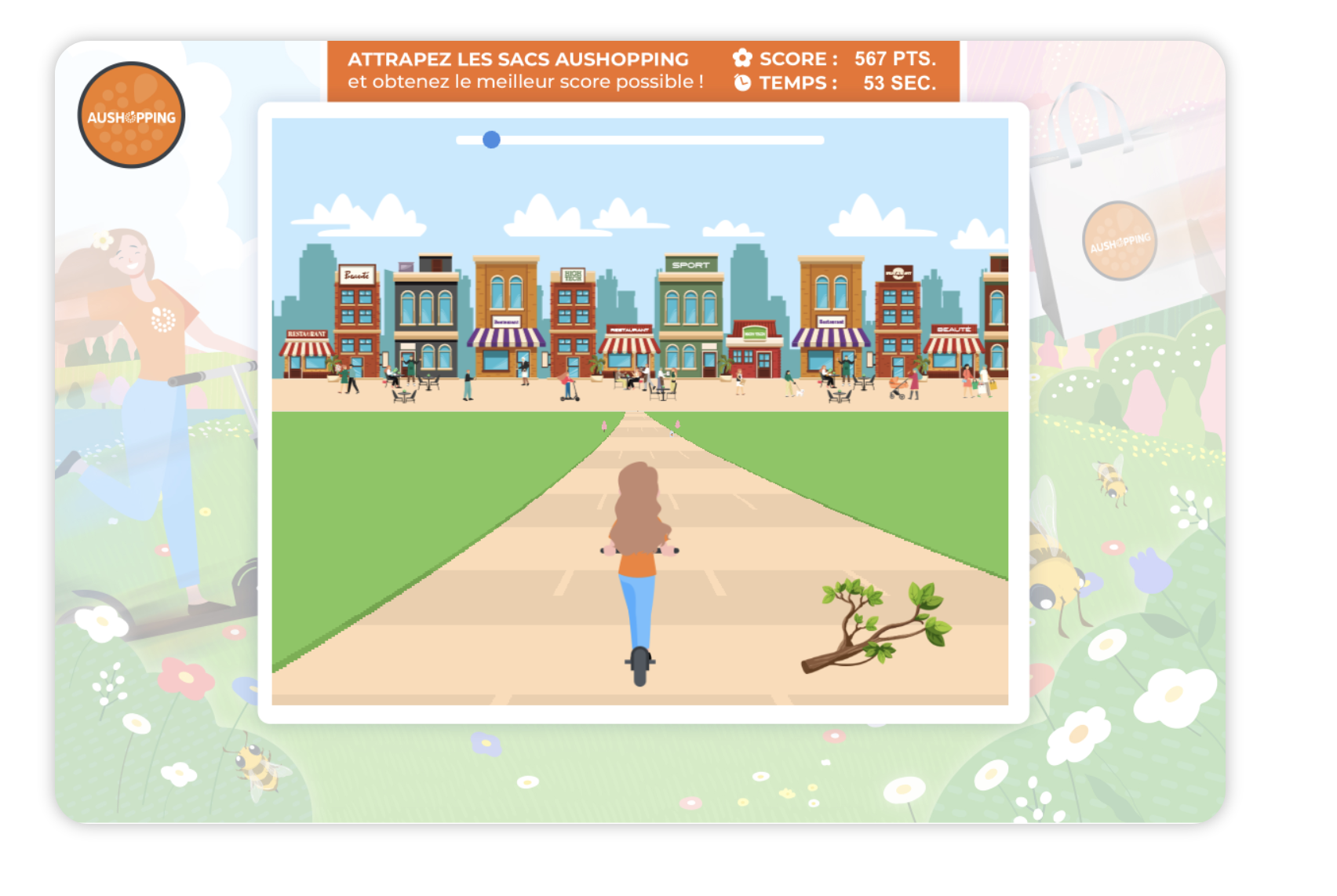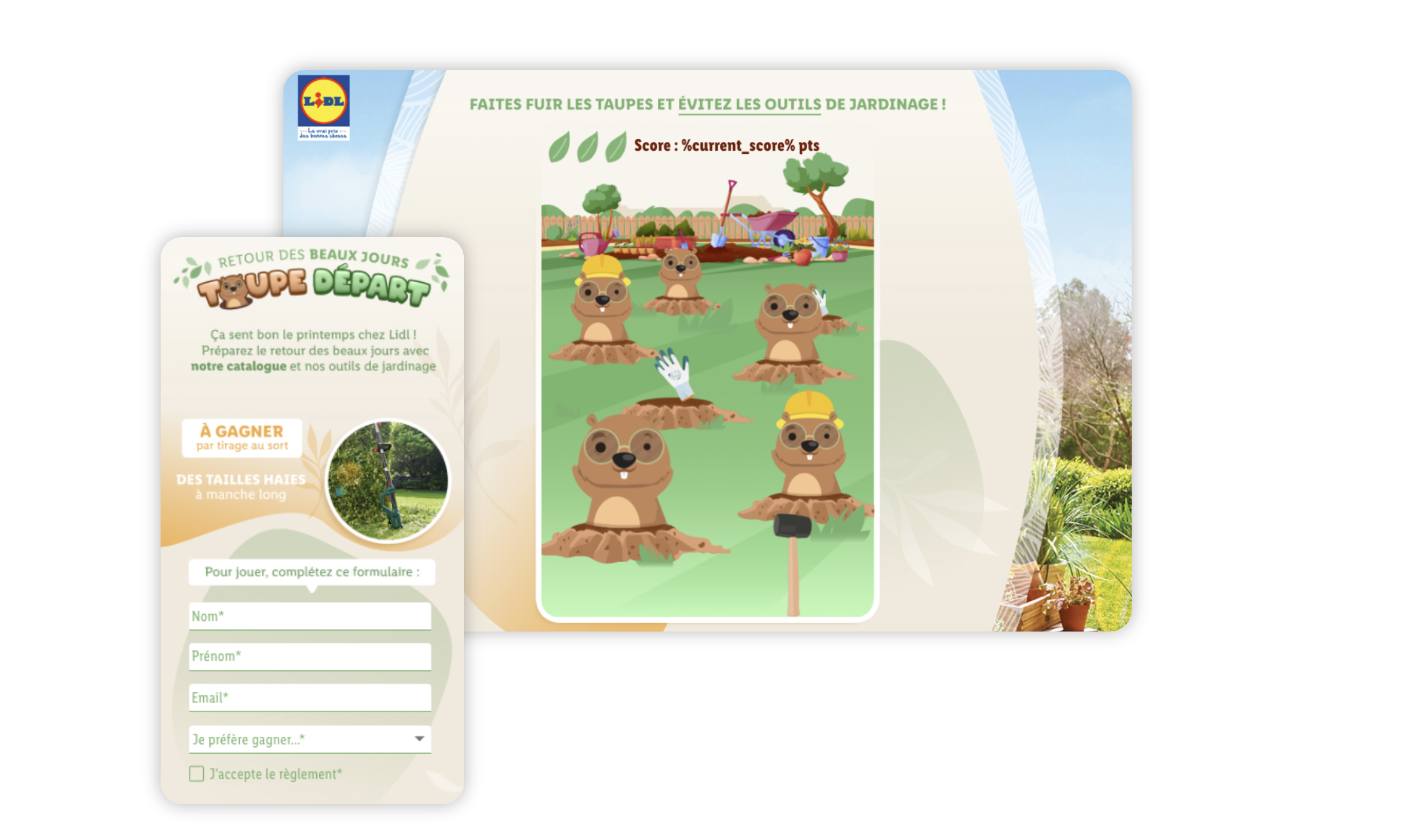Marketing in the home and garden sector is booming since the pandemic, with the French investing in their living spaces. According to a study by the Fédération Française du Bricolage, spending on home improvements has risen by 6.2% in 2020. The gardening market is expected to grow by 16% in 2021.
This growth has been accompanied by increased competition, with :
- The arrival of new players,
- The rise of digital commerce
- The ehigher expectations of consumers, more and more of whom are taking up DIY without necessarily being experts.
Faced with these challenges, it’s essential for brands to adapt to trends and offer solutions tailored to the audience’s expectations. In this article, we share advice and examples of how to capture attention and boost sales through competitions during spring.
Marketing challenges in the home and garden sector
The home and garden sector has a number of characteristics:
- a wide range of products, from home furnishings and decorations to garden equipment;
- its seasonality, with demand influenced by trends and the weather;
- more complex logistics, for stock management, for product delivery and assembly/returns, etc.
Because of these particularities, the marketing challenges faced by retailers are different from those faced by other sectors.
1. Marketing based on trends and product innovation
The home and garden sector is influenced by trends, in terms of design, materials or technology (think of connected home tools). Brands must innovate to meet consumers’ changing needs. They are looking to improve their quality of life and personalise their space.
2. A seasonal sector requiring effective demand management
Demand for products related to gardening, home maintenance and decoration peaks according to the season. Garden equipment and plants are popular in spring and summer. Heating and home decoration products can experience a sales surge in winter.
The major vertical brands need to optimise their campaigns around the seasons. What’s more, they are banking on an ultra-wide catalogue in order to be attractive and profitable throughout the year.
3. The omnichannel challenge and the digitalisation of the shopping experience
The home and garden sector has undergone a digital transition, with an increasing number of consumers researching and purchasing products online. An omnichannel trend is a challenge for brands, who need to offer a consistent experience online and in-store.
Castorama has incorporated digital technology into its sales strategy, offering customers the option of reserving items online and collecting them in-store. The chain uses digital solutions to advise customers, with video tutorials and advice. As for Leroy Merlin, its application allows users looking for a product in the catalogue to consult stocks in real time in the nearest shop or to check delivery availability.
4. A personalised offering and a focus on sustainability
Consumers are sensitive to product quality, origin and environmental impact. The home and garden sector is affected by the sustainability trend, and is being called on to offer eco-responsible products and sustainable renovation solutions.
5. Customer loyalty and brand experience
The home and garden sector relies on building customer loyalty, as these products are purchased on a recurring basis (home improvement, renovation, maintenance). Building customer loyalty involves reward programs, personalised advice and high-quality after-sales service.
One example is Leroy Merlin, whose ‘Leroy Merlin Club’ loyalty program offers discounts, tailor-made advice and access to free delivery services to the brand’s best customers. Leroy Merlin also offers DIY workshops to build loyalty among shoppers and encourage them to return to the store.
Why organise a spring competition?
Spring is a strategic time for brands in the home and garden sector, as it marks the start of the gardening and landscaping season. It’s a time when consumers start to take an interest in renovation projects and home maintenance (after the winter and the famous spring cleaning).
This is important for brands that don’t communicate on other spring highlights (like Easter) and need to boost their communications at this time of year.
Home and garden retailers can capitalise on the arrival of spring by organising a competition. This strategy will enable them to achieve commercial objectives, including visibility, an increase in their conversion rate and customer retention.
1. Boost awareness with a spring competition
Spring is the time to raise the profile of your home furnishings brand, as consumers are focused on improving their environment and DIY projects.
For DIY chains, the challenge is to remain ‘top of mind’ during this time of year and to position as the essential brand for getting spring projects off the ground. The competition is the ideal format for widening the audience (using fun mechanisms and the promise of attractive rewards) while promoting their seasonal offers.
Example: Showroomprivé’s ‘Garden Party’ campaign, based on a one-armed Bandit instant win, highlighted seasonal products to celebrate the arrival of spring. This fun in-app feature gave visibility to the brand and its partner brands, and encouraged sales.

2. Attract shoppers to the shop and generate more conversions
Spring is a time when consumers, motivated by the warm weather, want to take action. Spring campaigns can encourage customers to visit shops to buy gardening, DIY or outdoor decoration products.
Competitions are effective here, as they enable retailers to share incentives to buy (in the form of exclusive, time-limited discount vouchers). Gamification acts as a drive-to-store lever. By organising events directly in-store (such as DIY workshops, demonstrations, prize draws), companies attract customers to their point of sale and encourage them to make purchases.
Example: Aushopping chose Outrun to raise the profile of its shopping centres. The scheme, which focused on customer engagement and recruiting new leads, encouraged web-to-store traffic at this time of year. The campaign achieved an conversion rate: all visitors to the game filled in the form and played, underlining the appeal of the operation.

3. Increase your retention rate
The issue of loyalty is crucial for brands, which need to encourage their customers to return to the shop and buy from the brand. To do this, they rely on a high-quality after-sales service or offer an innovative loyalty program, giving access to attractive benefits (discounts, etc.) as well as personalised services.
The competition can be reserved for the company’s VIP customers. But it also serves as a data collection tool. By refining its customer knowledge, the brand can then share recommendations, targeted resources and advice, depending on the project.
Example: The main aim of Lidl’s ‘Les rendez-vous jardin’ campaign was to increase the visibility and awareness of the chain’s garden catalogue. It aimed to generate leads and collect opt-ins so that they could be ‘fed’ via marketing campaigns throughout the year.

Conclusion










